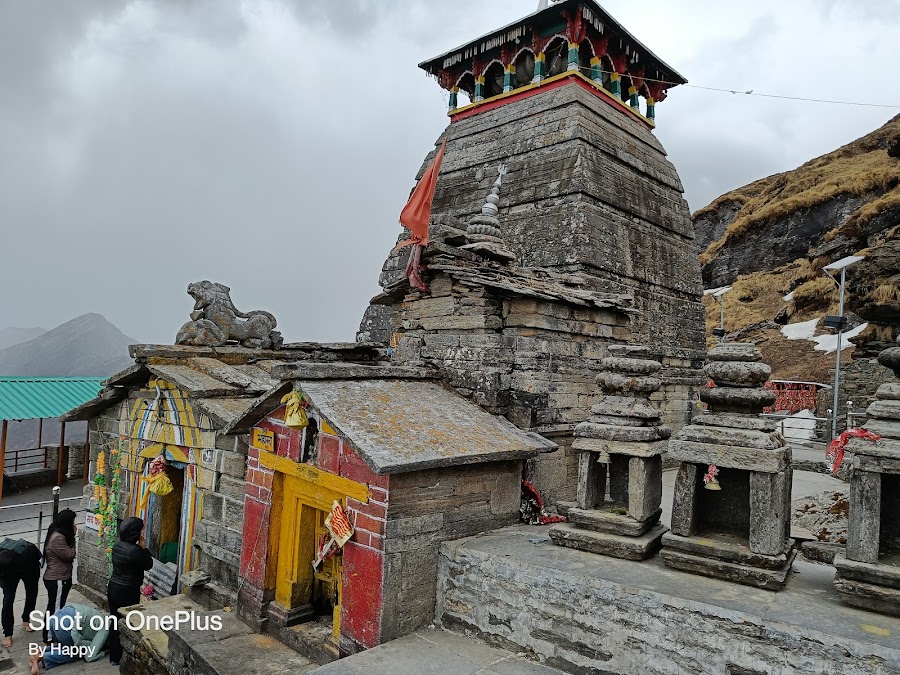
Shri Tungnath Temple
Rudraprayag, India
- Attend the morning aarti at temple.
- Enjoy the scenic beauty of Chopta.
- Explore nearby Deoria Tal lake.
- Meditate in the serene environment.
- Photography of Himalayan peaks.
- Trekking to Tungnath Temple.
- Visit Chandrashila peak for sunrise.
Known for:
Description:
Shri Tungnath Temple, nestled in the Rudraprayag district of Uttarakhand, India, is the highest Shiva temple in the world and one of the Panch Kedar temples. Perched at an altitude of 3,680 meters (12,073 ft), the temple offers breathtaking panoramic views of the Himalayas, including peaks like Nanda Devi, Kedarnath, and Trishul. The trek to Tungnath is a moderate climb of about 3 kilometers from Chopta, a picturesque meadow. The serene environment and spiritual atmosphere make it a popular destination for pilgrims and adventure enthusiasts alike. The temple is dedicated to Lord Shiva, specifically his arm or 'Bahu'. The architecture is simple yet elegant, reflecting the traditional style of Uttarakhand temples. Visitors can experience tranquility and connect with nature while immersing themselves in the rich Hindu mythology associated with the region.
History:
The history of Tungnath Temple is deeply intertwined with the legends of the Pandavas from the epic Mahabharata. According to Hindu mythology, the Pandavas sought Lord Shiva to absolve them of their sins committed during the Kurukshetra war. Shiva, unwilling to grant them forgiveness easily, disguised himself as a bull and hid in the Garhwal Himalayas. The Pandavas, in their search, identified him, and Bhima tried to catch the bull. In this pursuit, Shiva's body parts scattered across the region. Each location where a body part appeared became a holy shrine. Tungnath is believed to be the place where Shiva's arms (Bahu) appeared. The temple is believed to have been constructed by Arjuna, one of the Pandava brothers, to appease Lord Shiva. The priests at Tungnath are local Brahmins from the Makku village near Chopta.